Over the last few decades, breeders have been hard at work, dedicating their lives to growing the greatest strains of cannabis we ever knew. But what came before all of this breeding? What was cannabis like before we intruded on natural genetics? This article is all about landraces, the original strains of cannabis.
The cannabis that ends up in the bowls and pipes of the modern-day smoker has a much longer genetic history than we usually give it credit for. Most of the weed that we smoke today is a hybridized strain that must have started somewhere. The topic of today’s conversation is – where is that mysterious “somewhere”?
A lot of people talk about the common ancestor of human beings, that we must have multiplied and multiplied from a single origin. The same is theorized – or actually known – about cannabis. The strains we smoke today are the result of many breeding programs. But they all had the same origin – landraces.
When we talk about landraces, we are talking about what weed was before we started breeding, mixing genetics, isolating phenotypes and trying to reproduce them. Landraces are the original feral strains of cannabis that nature selected from which we acquired all the wonderful strains we know today.
The origins of cannabis
There are records all over the place that date cannabis back to the Vikings, the Scythians, the Romans and the Greeks. But it is highly likely that weed arrived in these places after humans had already begun travelling. Scientists and historians on the most part believe that cannabis actually originated in Central Asia.
The cannabis that grew in Afghanistan, Pakistan and China thousands of years go unlikely resembles what we have come to know as pot. “Back in those days”, cannabis grew just like a weed.
When traders and merchants realized that other people also probably wanted a taste of pot glory, they probably collected seeds and travelled to sell them. This is likely how cannabis became so popular and loved in the Middle East and Africa.
Even when cultivars were making their way around the world, they were still landraces. We weren’t quite up to breeding and genetics by that point in the history of cannabis. We just knew we loved to use it. And so the plants that made their way to South and North America were still carrying the original genetics of cannabis.
The morphology and behaviour of landraces began to adapt to their respective locations. That is why different landraces have different qualities.
When plants made their way from chilly Central Asia to tropical Colombia, necessary changes took place for the plant to survive. This does not classify as “breeding” per se, but natural selection at its best in landrace strains that have been relocated.
The hunt for the mysterious origin
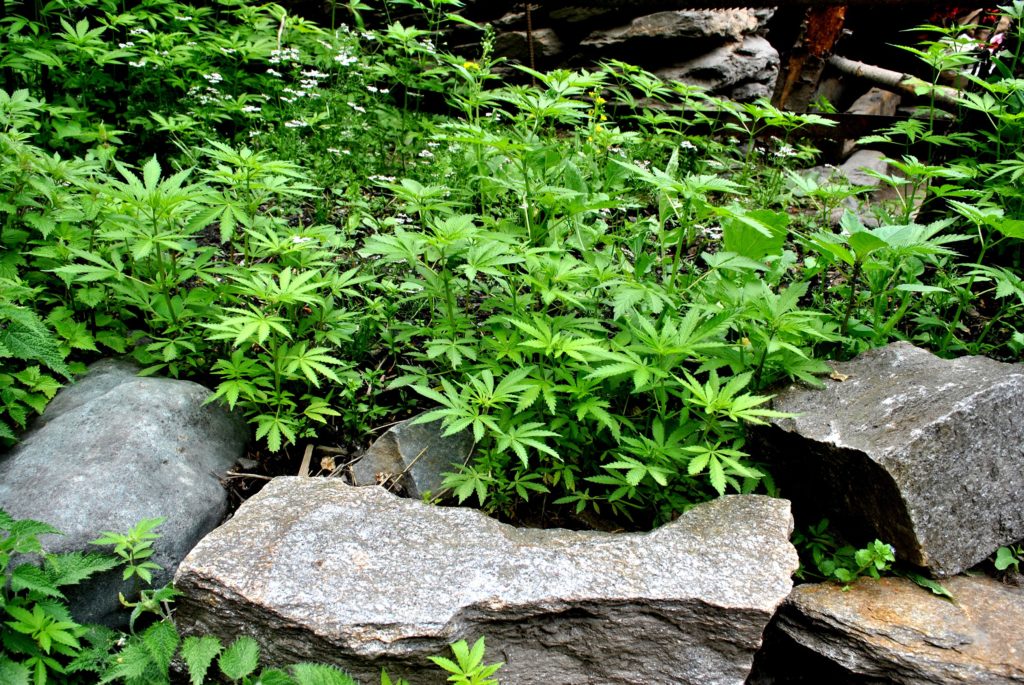
Have you ever wondered why ganja was so different a few decades ago than it is now? We have spent the better part of the last 20 years hybridizing cannabis, creating new strains through some sort of botanical alchemy. But in the 1960s and 70s, it wasn’t about making new strains. It was all about searching for the real OG – the true landrace.
It was much easier to smuggle cannabis seeds around the world in the “pre-airport security” era. And growers made a point of it, travelling around the globe to India and Afghanistan collecting seeds of landrace strains. These were finally called heirloom strains and there is still much demand for them today.
There are still strain hunters in the new age. You’ve might have seen them on TV. One of the most famous is Franco Loja who made a career out of sourcing landrace strains from all over the world. In Dan Michaels’ book, Green: A Field Guide To Marijuana, he interviews Loja about landraces.
In this interview, Loja talks about the importance of landraces as the pure essence of what cannabis is. They are “perfected by Mother Nature over hundreds, sometimes thousands of years”. In the context of natural selection, landraces have been in the making for a very, very long time. What nature has naturally selected over thousands of years of evolution is not something that the human timeframe can really replicate.
Breeders want to get their hands on landraces more often than they want to get their hands on hybridized seeds. Having a landrace in your hands lets you literally go back to the source, and start breeding from there. Landrace strains are usually more robust, stronger plants. Newer hybrid strains are still “adapting” to the environment while we weed out the weaker genotypes and phenotypes.
There is an unfortunate risk of landraces going extinct because of how much energy we put into the breeding process rather than the growing of original types. If we lose the landrace, we are essentially losing the work that nature has done for thousands of years to give us the cannabis we have today. They are important insomuch as they are the source and fuel for our current breeding programs.
Different landraces around the world
As mentioned earlier, landraces originated in Central Asia but made their way around the world, forming many different adaptations. The landraces or heirlooms that we know of today usually come from Colombia, Afghanistan, Pakistan or India.
Colombian landraces
If you’ve ever heard of strains such as Colombian Gold or Santa Marta Gold, then you’ve heard of some landrace strains before. They are appropriately named after the places that they originated. Some grew in the low wetlands while others grew in the harsher climates of the Sierra Nevada, and so even within Colombian landraces there is variance.
Colombian landraces are what we have come to know as sativa. They express the qualities of sativa plants, with tall stems and thin leaves. Cone shaped in their appearance, there are long spaces between nodes and the branches grow to be quite long. It’s hard to grow these landraces in (Northern) Europe or places where it’s cold because they have become adapted to the climate near to the equator.
Afghani and Pakistani landraces
The Central Asian landraces are much closer to what we have come to know as Kush (or indica strains). Unlike Colombian landraces, these strains came from the harsh, cold high-altitude climate of the Kush mountain range. They are much smaller in size in comparison to Colombian landraces, not growing to be very tall, but very dense in resin and trichomes.
Interestingly, even the leaves are covered in resin as a method of protecting themselves against the climate. For local growers, it doesn’t matter that there are less buds, because the main production is hashish, which can also be made from the resin on the leaves.
Indian landraces
The third common type of landrace comes from India. This plant has played a huge role in Indian culture over the centuries and still grows abundantly there. Buds are the main event when it comes to Indian landraces, rather than leaf or resin production, probably because the buds were used to make Bhang (a local drink made from weed).
These landraces have a thick central stem and can grow to be up to three metres tall. There is an interestingly spicy aroma that comes from Indian landraces that is unique to these plants. A particularly psychoactive effect is also something very characteristic of Indian landraces.
As you can see, there is quite a lot of variety even within the original races of cannabis. This is nature’s way of preserving the plant through a range of different environments. It is important to protect these strains as the basis of all kinds of modern breeding. It would be an awful shame to lose nature’s selected genetics because we failed to pay them any importance.
Is it still worth growing landraces?
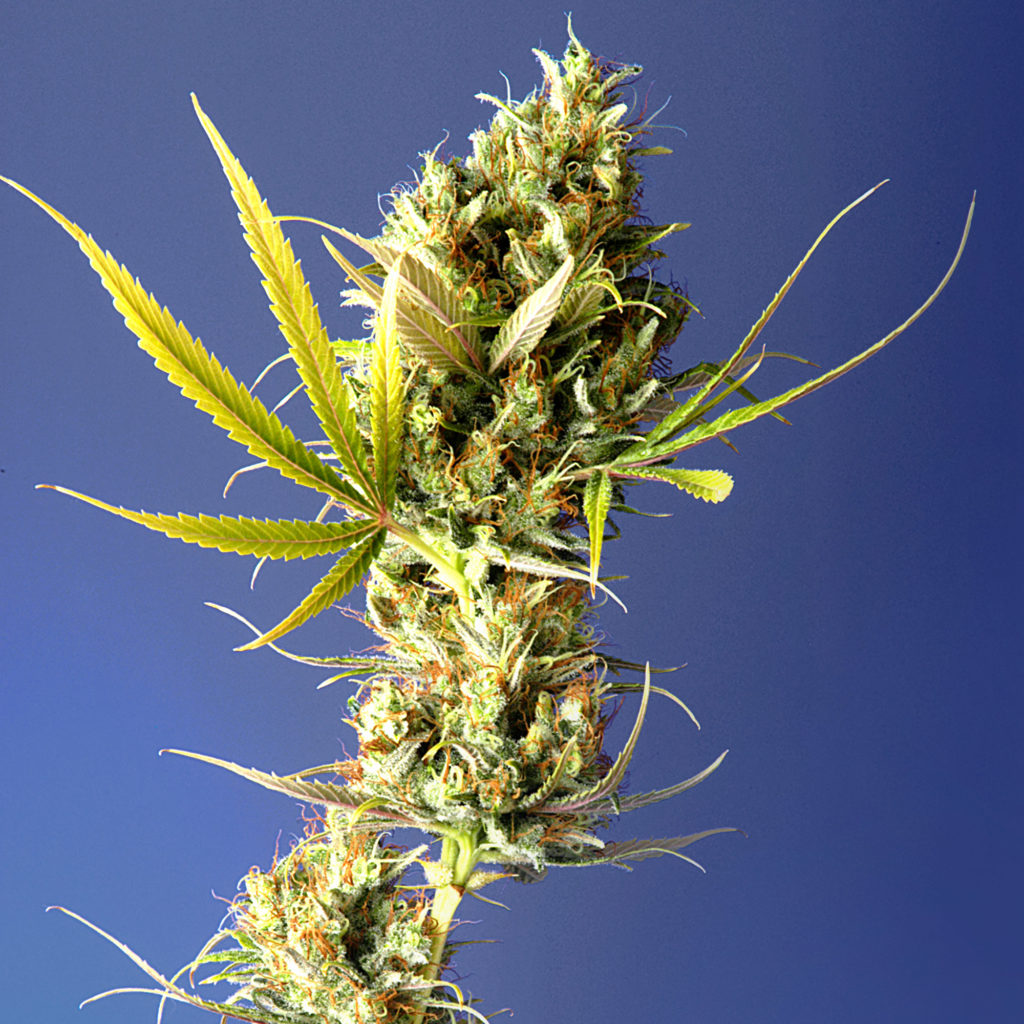
There are still breeders who make a point of growing landraces – and with very good reason. The genetic information contained in landraces is irreplaceable and basically impossible to copy. Landraces have been used in breeding strains such as K2, and are very close relatives to strains such as Afghan and Durban Poison.
As much as humans feel like they can improve on landrace strains by making them higher in THC content, have bigger buds or more resin, landraces are the canvas for doing so. These strains contain information that is crucial to breeding robust, healthy and sustainable strains of cannabis.
As we mentioned earlier, the genetics of landraces have been naturally selected by the global ecosystem over millennia. We might think our selection methods are premium, but nature’s methods are pretty solid.
So yes, it’s still worth growing landraces, if only for the sole purpose of keeping them alive. They might not be worth anything to the personal grower who just wants to smoke buds. But to the grower who is directly involved with breeding, it’s worth having landrace strains around.





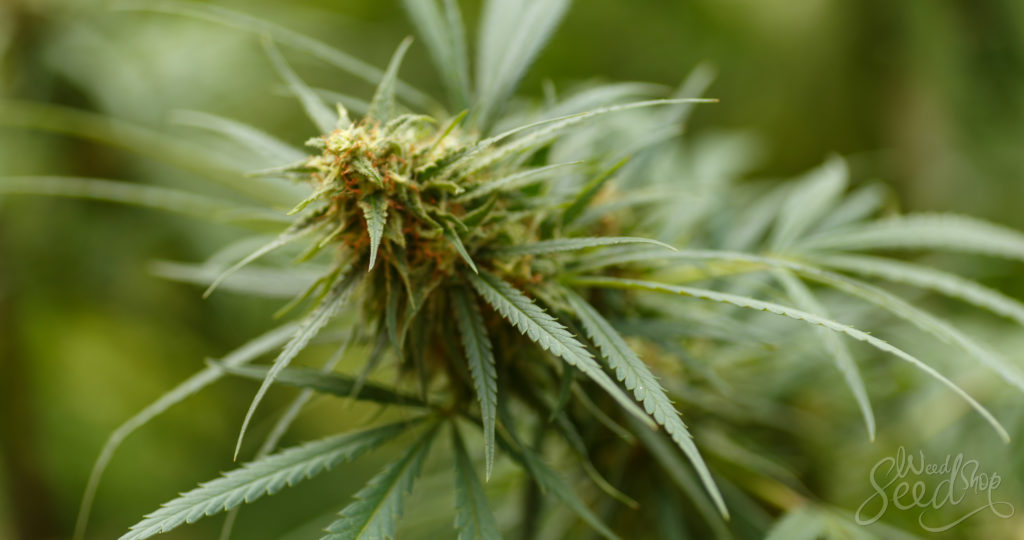
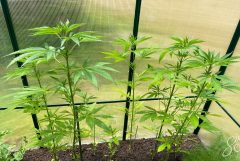
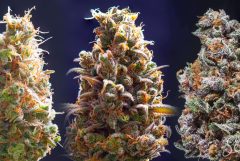

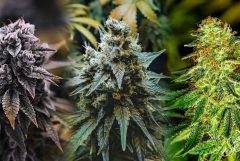
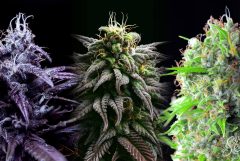

I’d like t talk to someone about weed.. regarding getting of opioids… is there something you have that can help withdrawal? I want to switch cuz I deal with chronic pain from injuries
Hi Helena, for some people cannabis helps with withdrawals. Here is an article that touches the subject. You will find many more by googling “cannabis and opiate withdrawals”. Good luck to you! Olivier